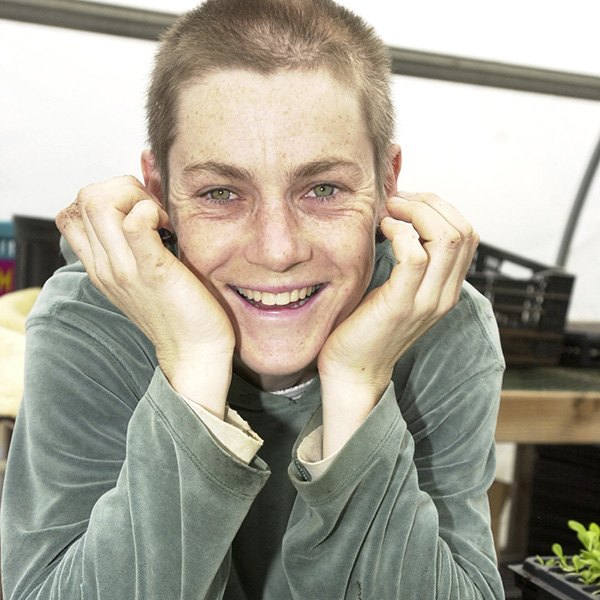
In India, the scientist tells me, where he comes from, they do not have a problem with the spotted lanternfly.
“What predator,” I ask, as he begins to shake his head, “are we missing here?”
The agent is with the U.S. Department of Agriculture and has come to see me on other business — the golden nematode, a potato pest. But since there are only about two potato farms left on the South Fork of Long Island, our conversation quickly veers to another topic.
The lanternfly: Invasive and imported, this pretty little leafhopper is relatively new to this region and poses a threat to both orchards and vineyards. These agents: Different pest, same problem. Or is it?
He goes on to explain that, here, where we do not harvest the tree of heaven (Ailanthus altissima), these fast-growing trees make excellent and juicy habitat for the sap-sucking lanternfly to colonize and multiply. And then, suddenly (or so it seems), the population explodes in a new area.
He practically scolds, “And that is because you have these trees everywhere!”
He’s animated, maybe a little exasperated, as he describes fallow sections behind housing developments, buffers adjacent to malls and strip malls — literally everywhere, and not even in agricultural areas. There are the untended and yet upended pockets of earth that have grown up in Ailanthus groves. “In my country,” he says, “we use the tree for the production of chopsticks and matches.
A cold wind is pouring out of the northwest as I walk with a second set of scientists to the edge of Sagg Pond. This group is attempting to monitor what we already know, that a lot of excess nitrogen is flowing into Sagg Pond and disrupting the balance of life there.
I’m happy to show them Sagg Pond from my vantage point. Decades ago, we began participating in a nitrogen monitoring and reduction program created for farms surrounded by water. Among other things, we planted a wide grass strip as a buffer up to the wetlands.
At the base of the field, a solid wall of phragmites prevents a view of the water, but, wind driven, we can hear it slapping against the reeds. A tree swallow goes careening overhead, a streak of both blue and happy light. It’s the first I’ve seen this spring, so I mark the event by telling my companions to look, quick. There are many now, like fighter jets in pursuit, supersonic above lowland.
The researchers ultimately seek to install nitrogen traps along the edge of Sagg Pond. For that phase of the project, they will bore columns into the earth and fill them with wood chips — the graduate student explains, “kind of like a net.” Out of sight, out of mind, and with no need for electricity, these “wells” will digest and harmlessly reduce the flow of nitrogen into the pond.
I have a lot of questions, some of which they cannot answer. Finding the answer is what they intend to do.
So far, counting our farm, just three pondfront property owners have signed up to help participate. So, perhaps, in this moment, what we are really trying to do is to prove that it can be done with an apparently small expense to our current lifestyle.
Test wells show that excess nitrogen flows from all directions. Even the earnest researchers acknowledge that a smattering of wood chips in tubes on the east side of Sagg Pond won’t do the trick.
 More Posts from Marilee Foster
More Posts from Marilee Foster